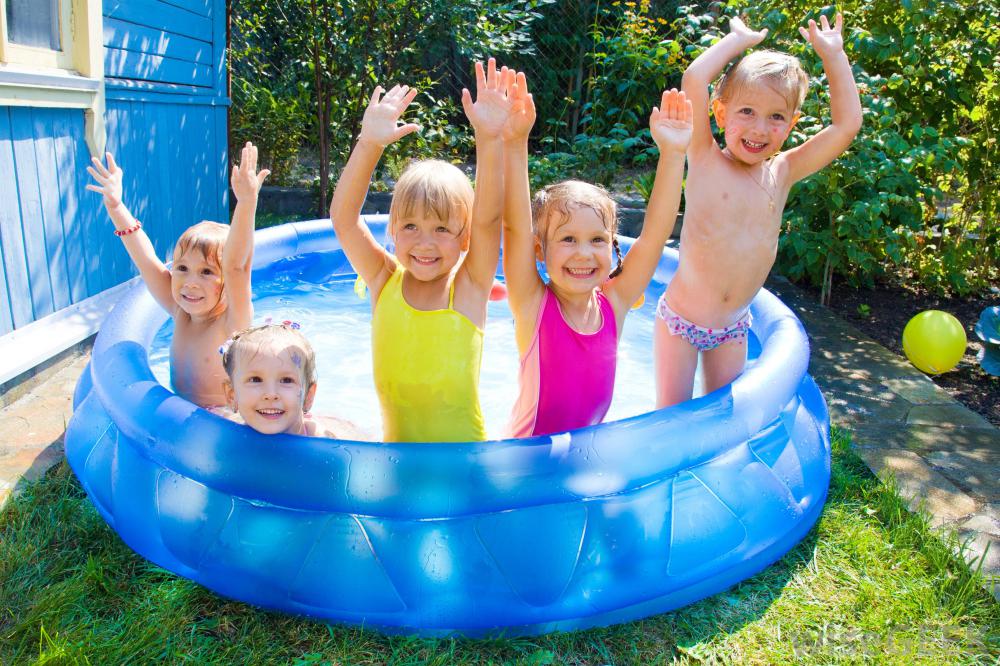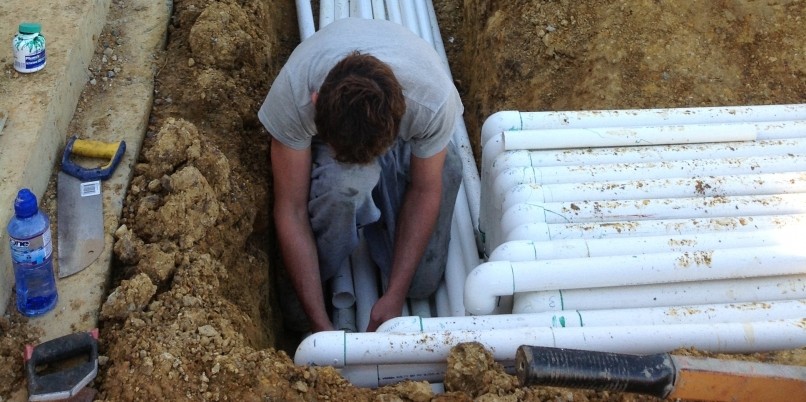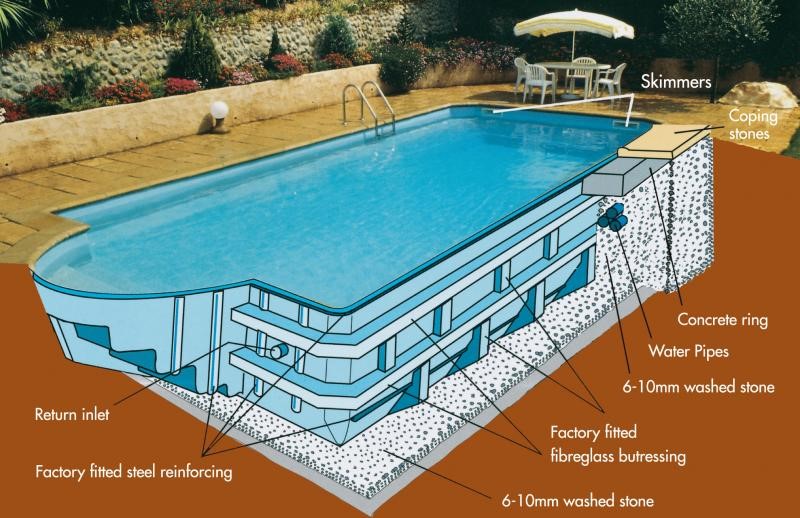If the pool you want to build isn’t unique… it should be!
Our process begins with a free onsite consultation to generate a design and quote. Our sales philosophy »
The onsite meeting allows us to understand what the customer wants to achieve and ensures that we are attuned to the most efficient use of the available space. Our design tips»
Fine details like fence placements, walkways and paved surrounds as well as adjoining structures are absorbed, added and then featured in our 3D design imagery. This brings your in-ground pool to life in your backyard, allowing you to imagine what it will be like. A similar completed design can then be viewed. As we source a completed project – like your proposed works – so you can feel the size, layout and functionality.
Surface finishes, shapes and outlines are at the disposal of a mouse click – under the guidance of our experience and your wishes.

Pool excavation takes up to 3 days to complete
Once a design has been fixed, a quote can be generated for the agreed works.
A fixed price contract (as per Australian Standards) is used with all costs included and/or specified. The only variable charges being for rock excavation and formwork (both standard within the industry).
A signed contract and 5% deposit will allow us to commence full documentation, engineering, draughtsman’s drawings, builders warranty insurance and all relevant permits – including little known crossing permits and fence permits where they are cast-over easements. All this is included within the initial documentation stage.
A site mark-out precedes excavation – with the pool excavation taking up to 3 days to complete. Our contract will include all costs for spoil removal and the full excavation – with the only variable being rock excavation.

All the way through the process and beyond you will deal with Momentum Pools employees and almost certainly at every stage with Company Director, Dominic (industry veteran of 22 years experience), who runs all site works and in-ground pool consultations (quotes and designs). As a result, you receive continuity and a centralised process throughout your pool build.
Steelfixing/formwork and subsurface drainage are next – with all works carried out by Momentum Pools employees only. We do not use subcontractors as we prefer to control the process with in-house, qualified and fully OHS Compliant employees.
Next is primary plumbing, which involves fitting all hydraulic lines, as well as cabling of all low voltage light fixtures.
The concrete pool form installation is the next stage, with industry professionals (Vern’s Concrete Spraying) being employed to do this highly specialised process.
Next comes plumbing and solar installation, with our employees installing all products including multi speed pumps, fully automatic solar systems and automatic testing, and dosing chlorinators – all standard items within our contract. All plumbing lines are pressure tested upon installation with trenches dug via a tight access excavator to ensure full depth, out of the way of ready impact damage from other trades.

Tiling and coping are installed next, with our qualified staff completing all works. We recommend a fully tiled finish on all our pool builds, and you can view a range of our tiles used in previous and current builds here.
The final stage is handover and commissioning of the pool – with the offer of ongoing service and maintenance, if required.
The majority of our pool works include the surround pool paving slab and glass fencing.
Download a copy of the payment schedule
All of our pools and fencing are built according to the Victorian Building Authority. Momentum pools is committed to designing and building the best and safest pool for your home.

















